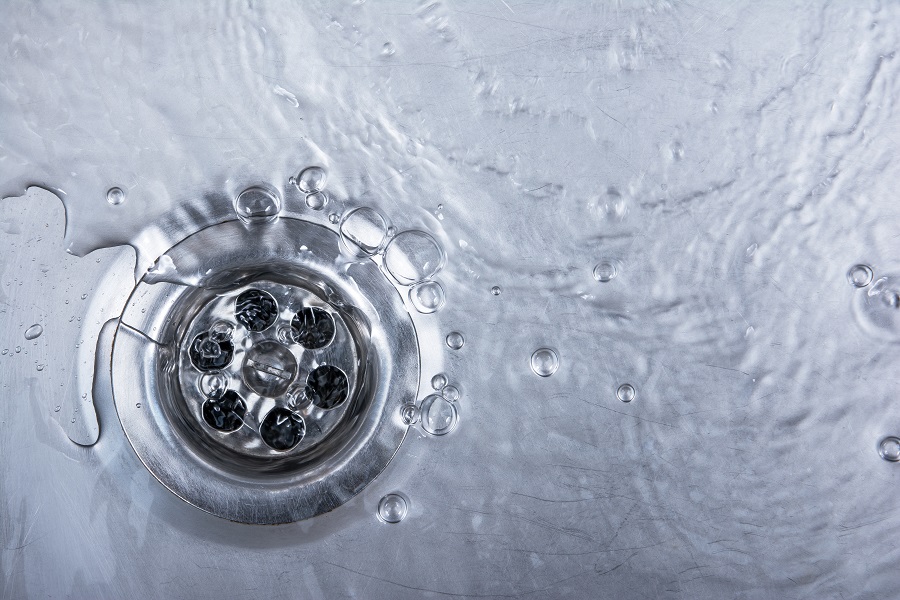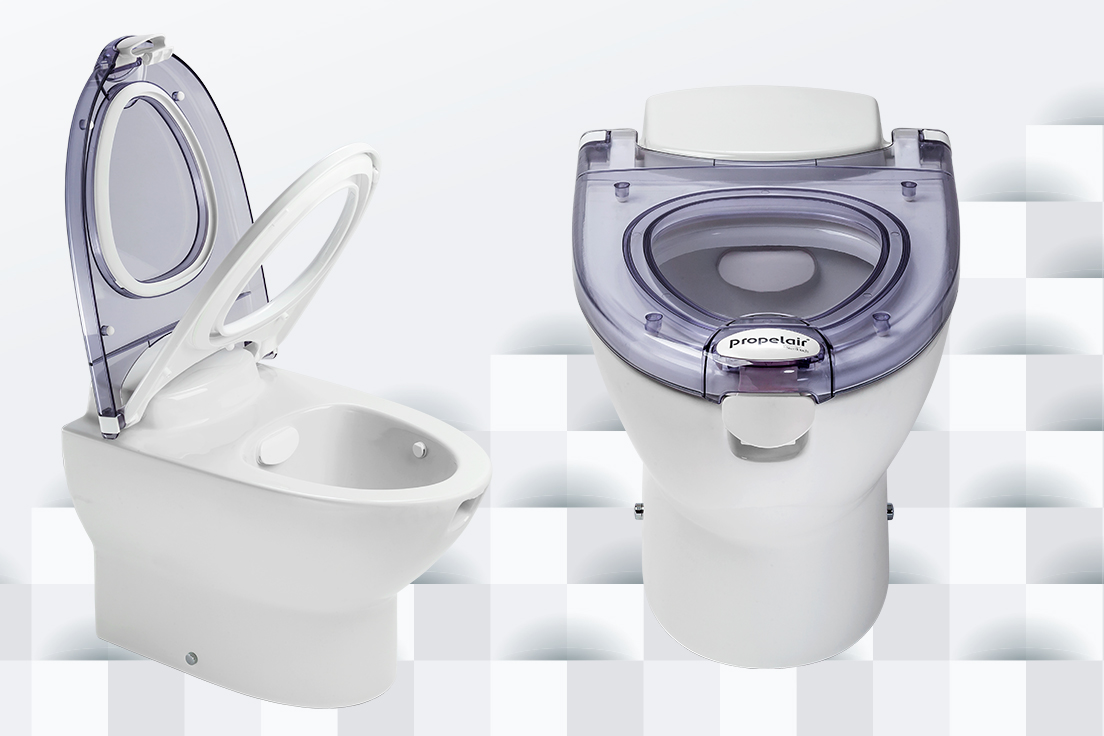How saving water reduces your carbon footprint and cuts bills
Every business has a really fluid way of shrinking its carbon footprint in the race to net zero through the simple process of saving water.
Companies of all sizes are painfully aware of the urgent need to reduce carbon emissions, particularly after recent dire warnings from the UN’s Intergovernmental Panel on Climate Change (IPCC). Many are taking big strides in the direction of net zero with energy-saving strategies.
But it’s not widely recognised that every drop of water consumed has a carbon cost, with CO2 emissions being generated in the management, treatment, distribution and consumption of water.
Working out the carbon component of water being used will be crucial in the overall sustainability strategy of every business and there is a process for calculating this.
Carbon component
Government guidelines are a good place to start. The most recent greenhouse gas reporting conversion factors calculate that there is 0.149 kilograms of CO2e in 1,000 litres of water, or a cubic metre, the base for most bills.
Added to this is the carbon component of all water that goes down the drains from the business premises – from toilets, urinals and sinks, for example, and this is actually a bigger figure, 0.272 Kg of CO2e in each cubic metre. There are more greenhouse gases created through the treatment process.
So every company can contribute to the campaign against carbon by better management of water use, and fully support the water industry which has recently launched its Net Zero 2030 Routemap.
The strategy will guide the water industry, which generates almost a third of UK industrial and waste process emissions, with the water companies jointly working to reduce greenhouse gas emissions by 10 million tonnes. The ambitious target date is fully two decades ahead of the government’s 2050 net zero target.

Triple water win
While the sector cleans up its carbon act, every business in the UK can benefit from the triple water win of better water management – lower bills, fewer CO2 emissions, and enhanced reputation with better environmental and social governance (ESG) status.
It’s pretty simple to identify and reduce water consumption at work. Our expert team will help you with that and with all your water and energy-saving needs. The Streamlined Energy and Carbon Reporting (SECR) regulations set reporting emissions guidelines for organisations with 250 or more employees, including Academy Trusts.
We can also you with regulatory reporting requirements, taking the stress out of a complex procedure. Tax deductions are also available for a range of water-saving technologies.
There are easy steps that you can take. It’s important to have the right data and to be fully aware of how you are using water on a monthly basis. Monitoring the meters, collecting the data, processing and taking action when needed are a useful base to build on.

Water audit
An audit of the premises will identify areas where water is being over-consumed. Then you can combine good technology solutions with behavioural changes adopted by everyone in your organisation.
First stop might be the outlets in the business. You need to check whether the taps are low flow. There are a great range of eco taps that make sure you reduce water consumption by 60% but don’t affect the quality of use. People just don’t notice the difference because the technology is so good.
If you have shower facilities, then eco shower heads are a must. These highly effective pieces of tech make sure every shower minute uses 50% less water, in a way that doesn’t affect the quality or efficiency of the process.
Using less water from taps and showers means that there is less energy burned in heating and pumping, another direct benefit on bills, while reducing CO2 emissions at the same time. Overall, hot water costs between 2 to 4 times more than cold water.
Toilets and urinals are also key focuses for better water management. Regular and routine maintenance is essential to identify leaks. Even a moderately leaking loo can waste 400 litres of water a day and there are cases where it’s been up to 8,000 litres a day, costing more than £6,000 a year.
The ideal solution is to install the Propelair toilet, which is the only ultra-low flush toilet on the market. With a water reduction of up to 84%, the Propelair ultra-low flush toilet will provide a corresponding carbon reduction of 80%, with a payback period as little as 1 – 3 years. This unique product uses only 1.5 litres of water per flush and it also reduces airborne germs by 95%.

Waterless urinals
Unless regularly checked and maintained, the urinals in any business can be a big drain on resources, while swelling your carbon footprint. You can assess accurately how effectively the urinals are when auditing the water supply and then take steps to make them more efficient.
If there are timed flushing urinals that work continuously, even over weekends then big savings will be achieved turning off timed flushes after normal hours.
It’s also time to seriously consider installations of other urinals, from waterless models to push-flush and sensor-operated types. Waterless urinals offer maximum impact as they reduce water consumption by 100% and eliminate the need for costly water management systems.
A popular alternative to waterless urinals is to use urinal controls in existing systems. This is an easy adaption that offers minimal disruption and alteration, whilst still delivering reductions in water use of up to 80%.
The people in your organisation are a crucial element in the campaign against carbon. They can change the way they use water to reduce CO2, from not running taps needlessly, to boiling the exact amount of water in the kettles, and taking shorter showers, for example.
Take action to reduce water use and carbon footprint now.
Find out how we can help your business.
0333 123 5464